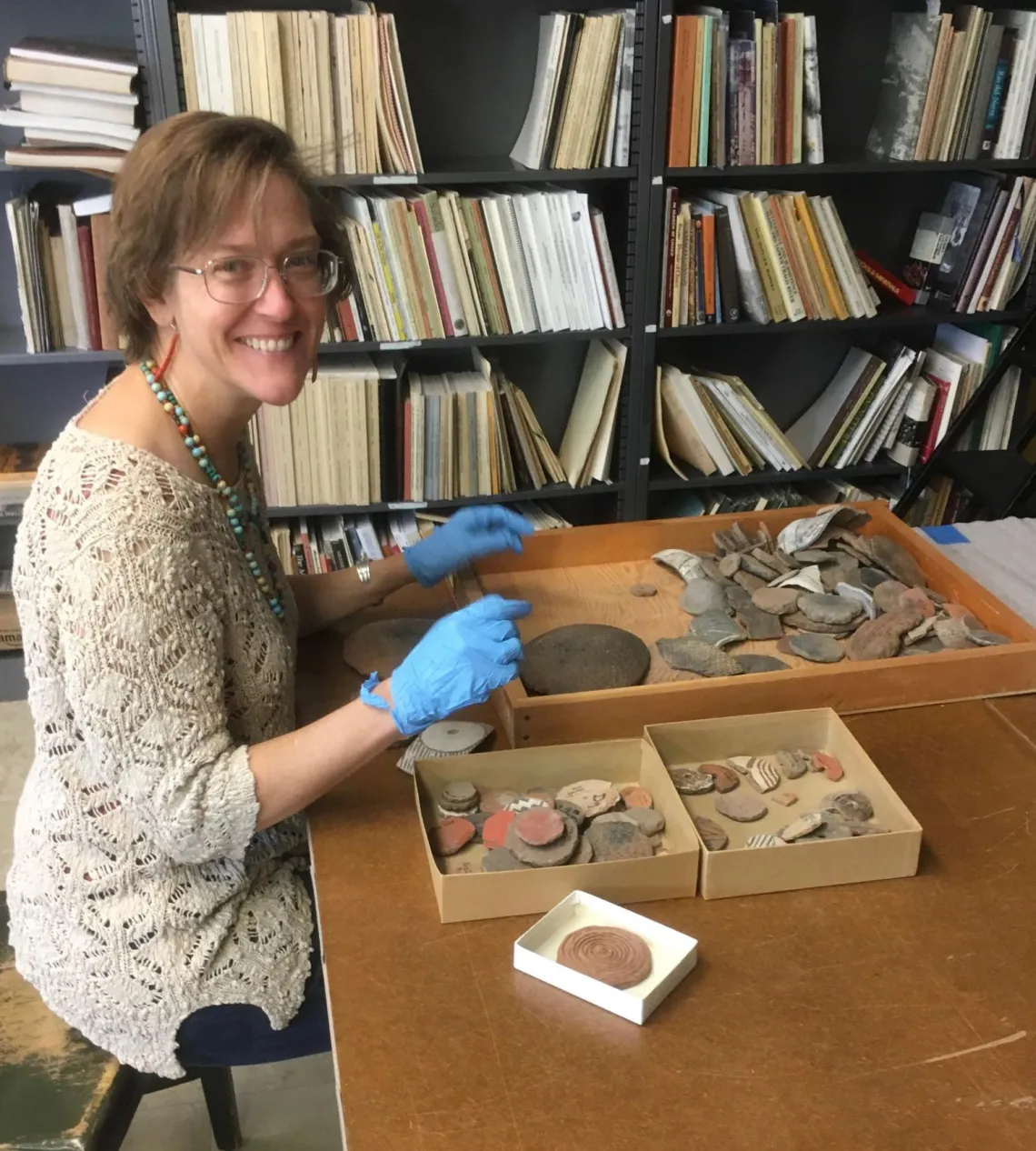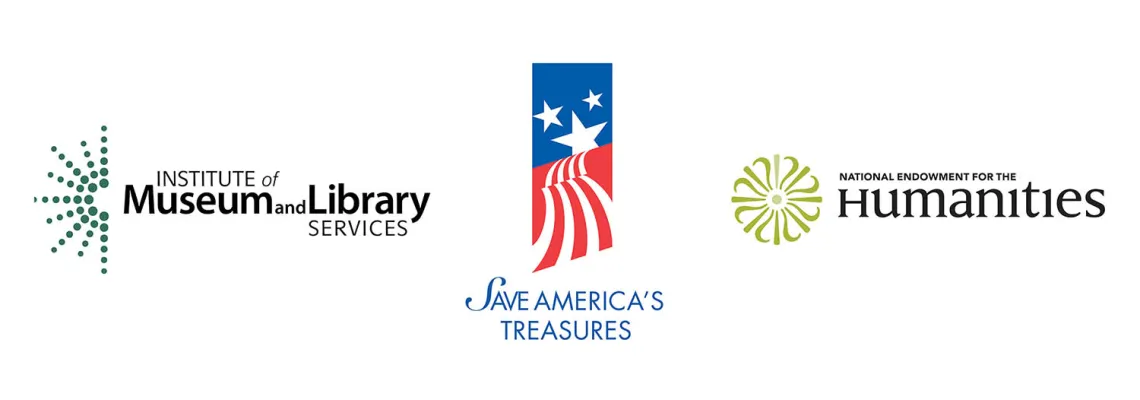NOTICE TO SISTER INSTITUTIONS, RESEARCHERS, AND STUDENTS: As of August 1, 2024, we are closed for an extended-temporary period of time (probably 2 years) while our 100-year-old building undergoes extensive maintenance and life-safety upgrades. The disruption will, at different times, either impede or completely prevent our ability to provide access to the collections (loan requests, research requests, tour requests). We welcome your inquiries and will happily consider each one on a case-by-case basis, but please be advised that we may not be as accessible as we would like to be. We apologize in advance for any denials we may have to issue. Many thanks for your understanding.

Arizona State Museum's collections are held in trust for the people of Arizona and curated in perpetuity for the enjoyment, education, and inspiration of current and future generations.
ASM is the oldest and largest anthropological research museum in the U.S. Southwest, with expansive collections that are exceptional resources for the teaching and study of the region’s 13,000-year human history. In addition to 38,000 cubic feet of bulk archaeological research materials, ASM curates millions of individual archaeological, ethnographic, and modern objects created by the indigenous peoples of the region. The collections grow by 1,000 cubic feet per year.
More than 3 million cataloged objects include:
- 525,000 photographic prints, negatives, and transparencies
- 300,000 individually cataloged archaeological artifacts
- 100,000 books and journal volumes
- 40,000 ethnographic objects
- 35,000 basketry and fiber specimens dating back 7,000 years
- 20,000 whole ceramic vessels dating back 2,000 years
- 6,000 maps
- 4,000 vertebrate specimens, 600 species
- 1,500 linear feet of archival documents
- 1,200 microfilm reels of Spanish colonial documents
- 1,000+ sound recordings
- 250 movie films not duplicated anywhere
Archaeology
ASM's archaeological collections are organized into four separate collections, including the individually cataloged objects collection, the bulk material research collection, the site survey specimens, and the southwestern sherd library.
Ethnohistory
ASM's Office of Ethnohistorical Research (OER) provides access to a substantial collection of Spanish and Mexican documents.
Ethnology
ASM's ethnological collections represent over 400 different culture groups, with more than one-third from the southwestern United States and northern Mexico.
Library and Archives
ASM's Library and Archives specialize in the archaeology, anthropology, and ethnology of the southwestern United States and northern Mexico.
Photography
ASM’s photographic collections' emphasis is on the archaeology and ethnology of the Native peoples of the U.S. Southwest and northern Mexico.
Zooarchaeology
The Stanley J. Olsen Laboratory of Zooarchaeology houses two modern comparative vertebrate collections with a total of more than 4,000 vertebrate specimens of 600 species (fish, bird, reptile, amphibian, and mammal).
Non-Southwest Collections
Collecting since 1893, ASM holds impressive collections from all over the world, which are used for teaching and comparative purposes.
Home to American Treasures
Among ASM's vast holdings, three specific collections have been federally recognized and designated American Treasures. So far as we know, ASM is the only institution in the country to be so honored, a fact that emphasizes how important its collections are to the nation’s shared cultural history. ASM’s collection of Southwest Indian pottery, some 24,000 whole vessels dating back 2,000 years, attained American Treasure status in the year 2000. The basketry and fiber arts collection, 35,000 examples dating back 7,000 years, followed suit in 2011. ASM's collection of 525,000 photographic prints, negatives, and transparencies, and 250 movie films documenting 13,000 years of human history in the Southwest, joined the prestigious ranks in 2018. Watch this video.






